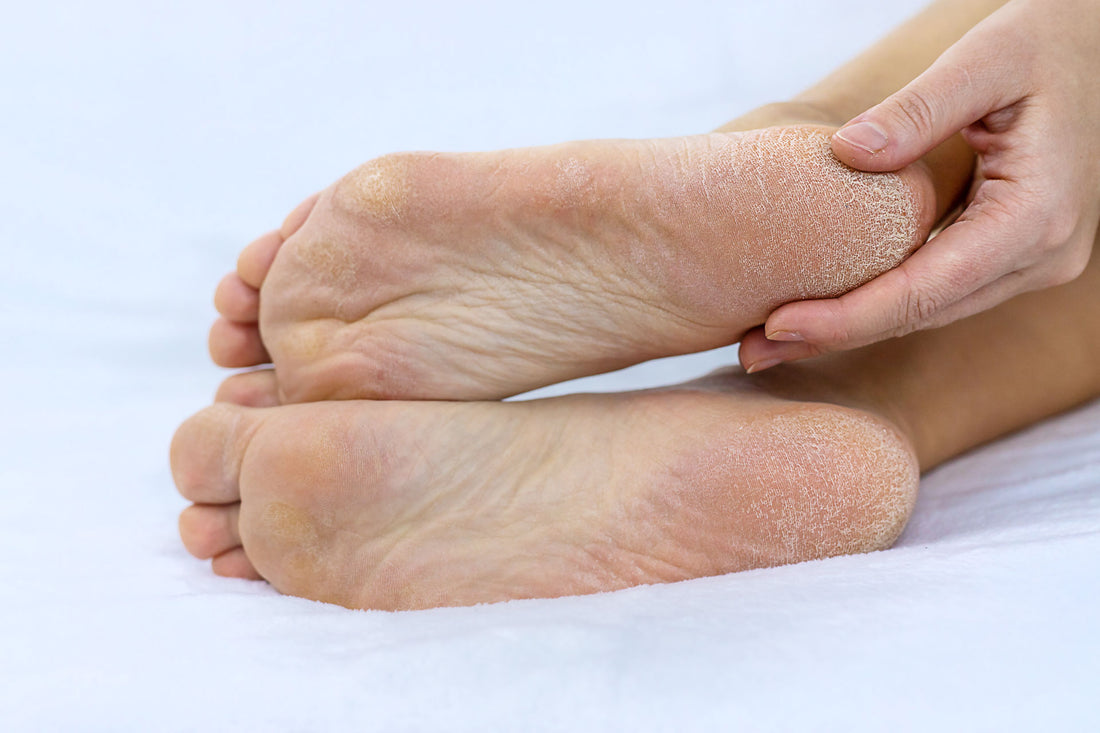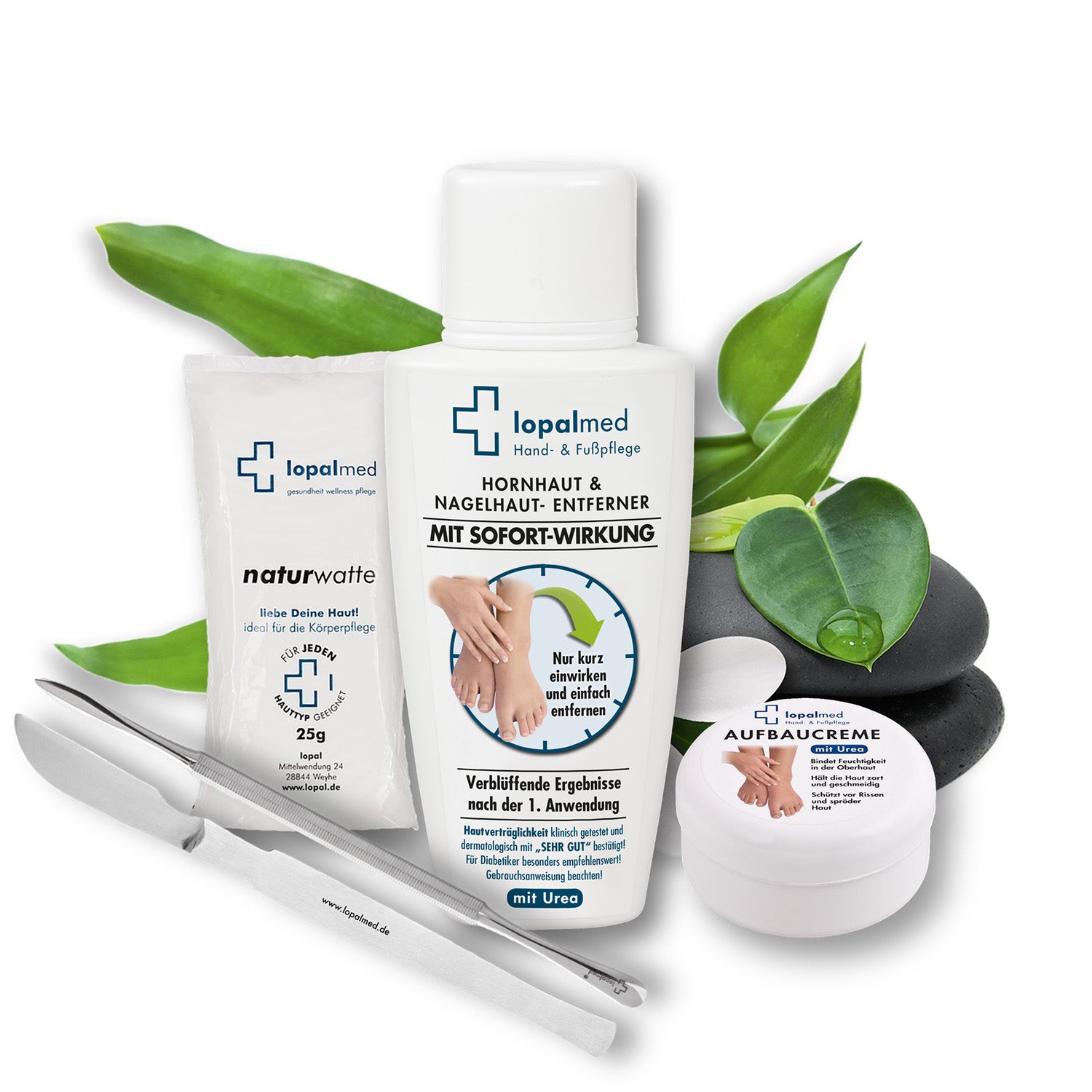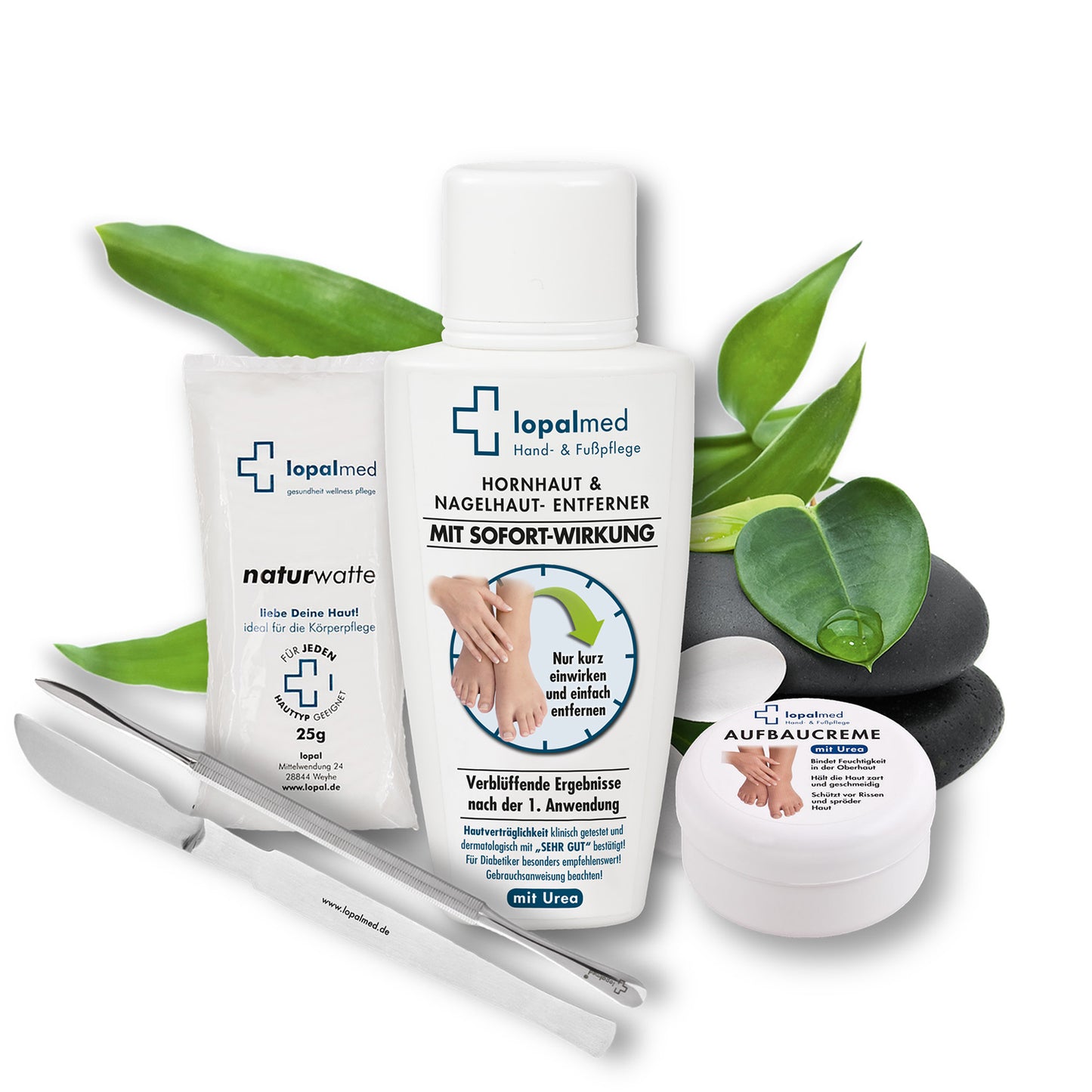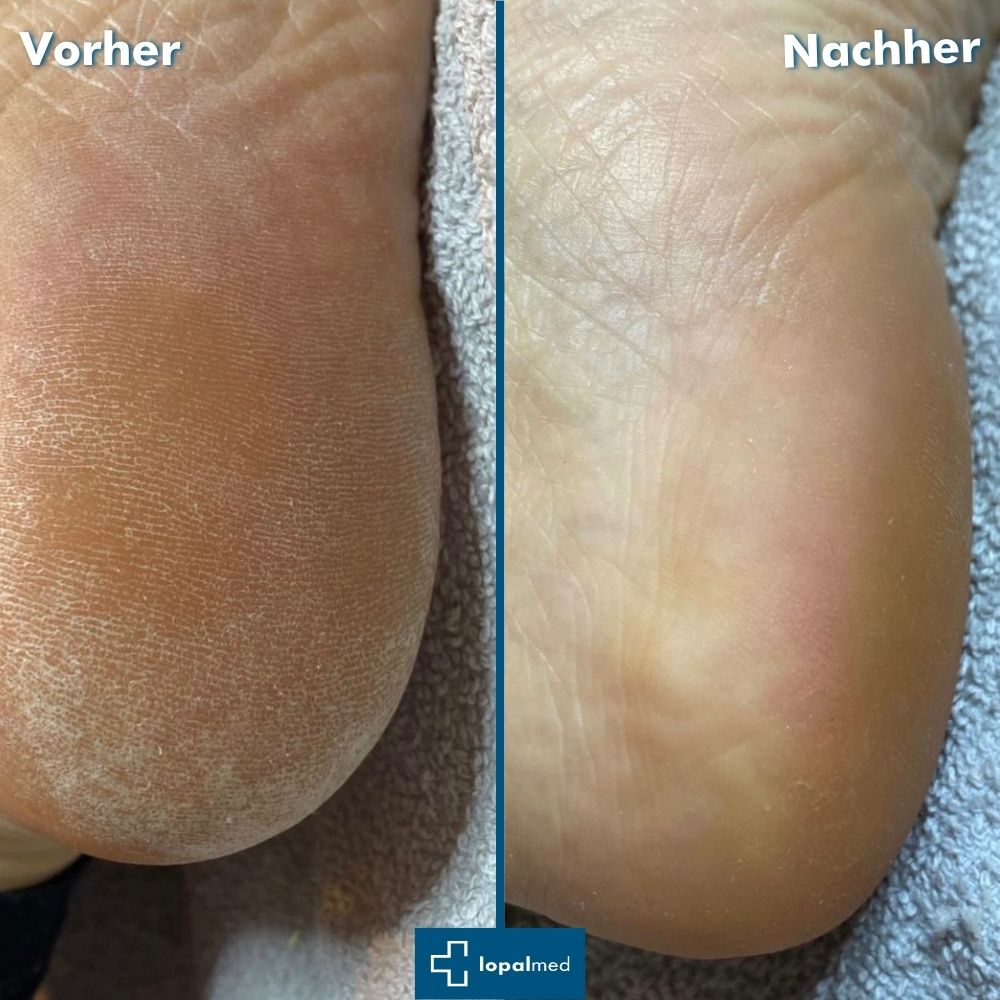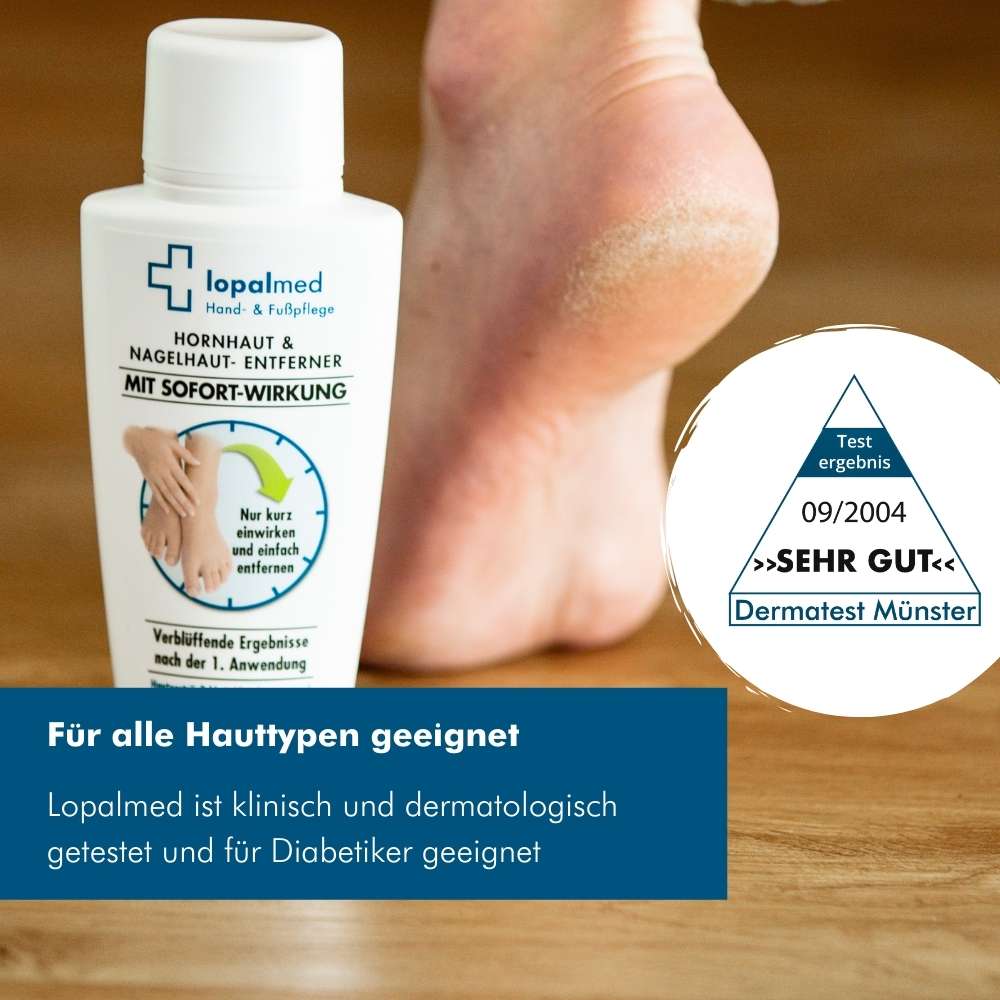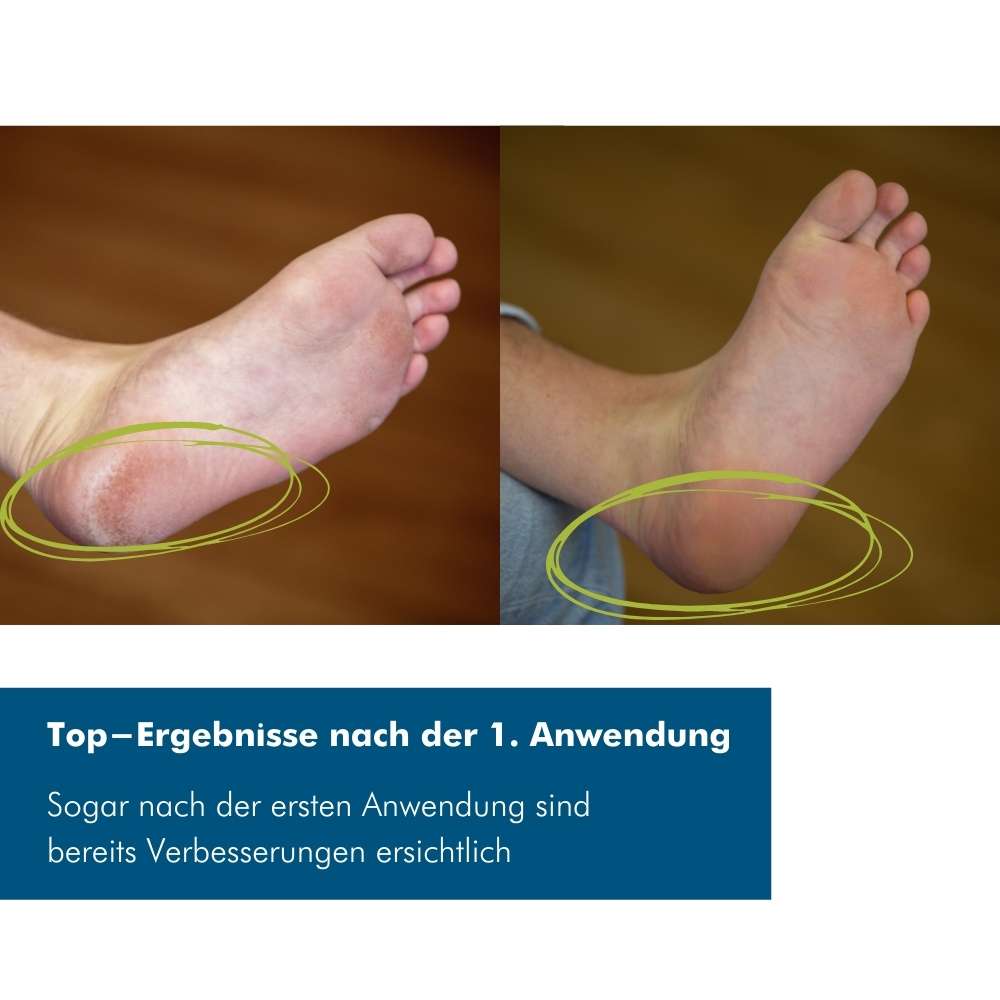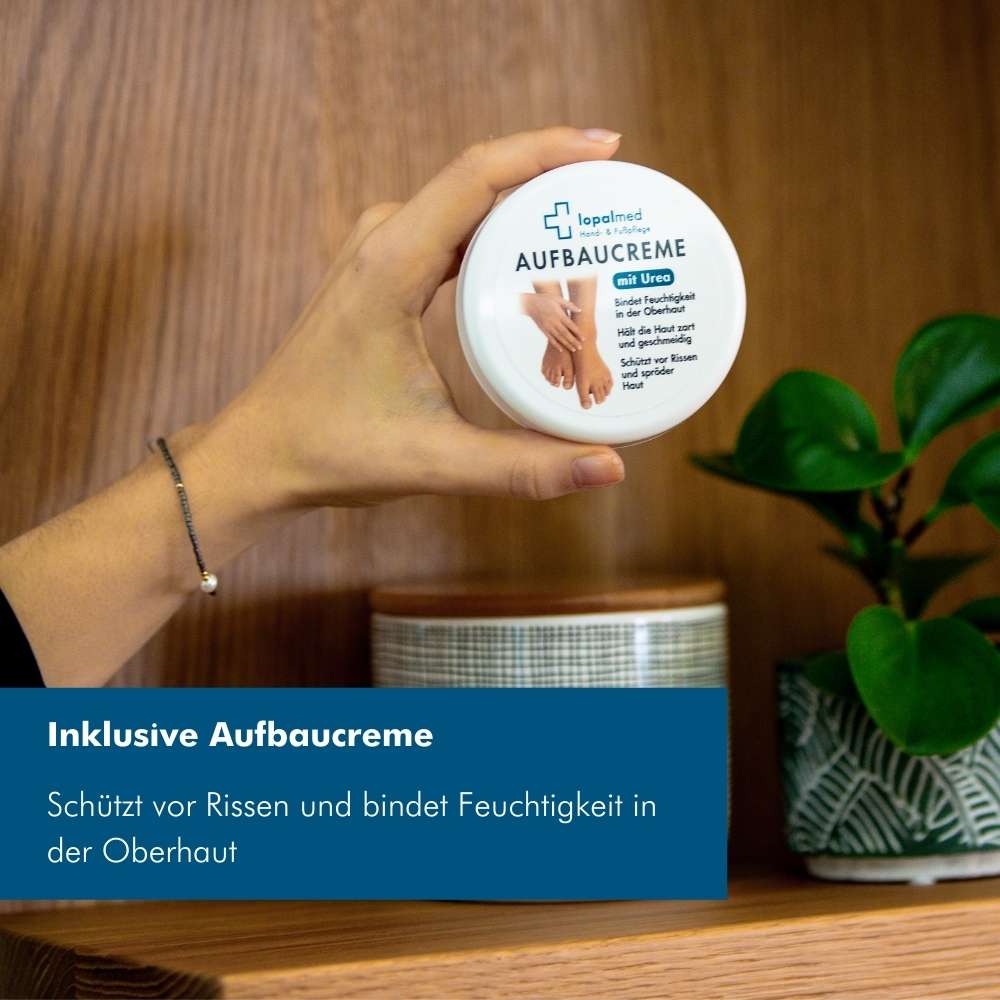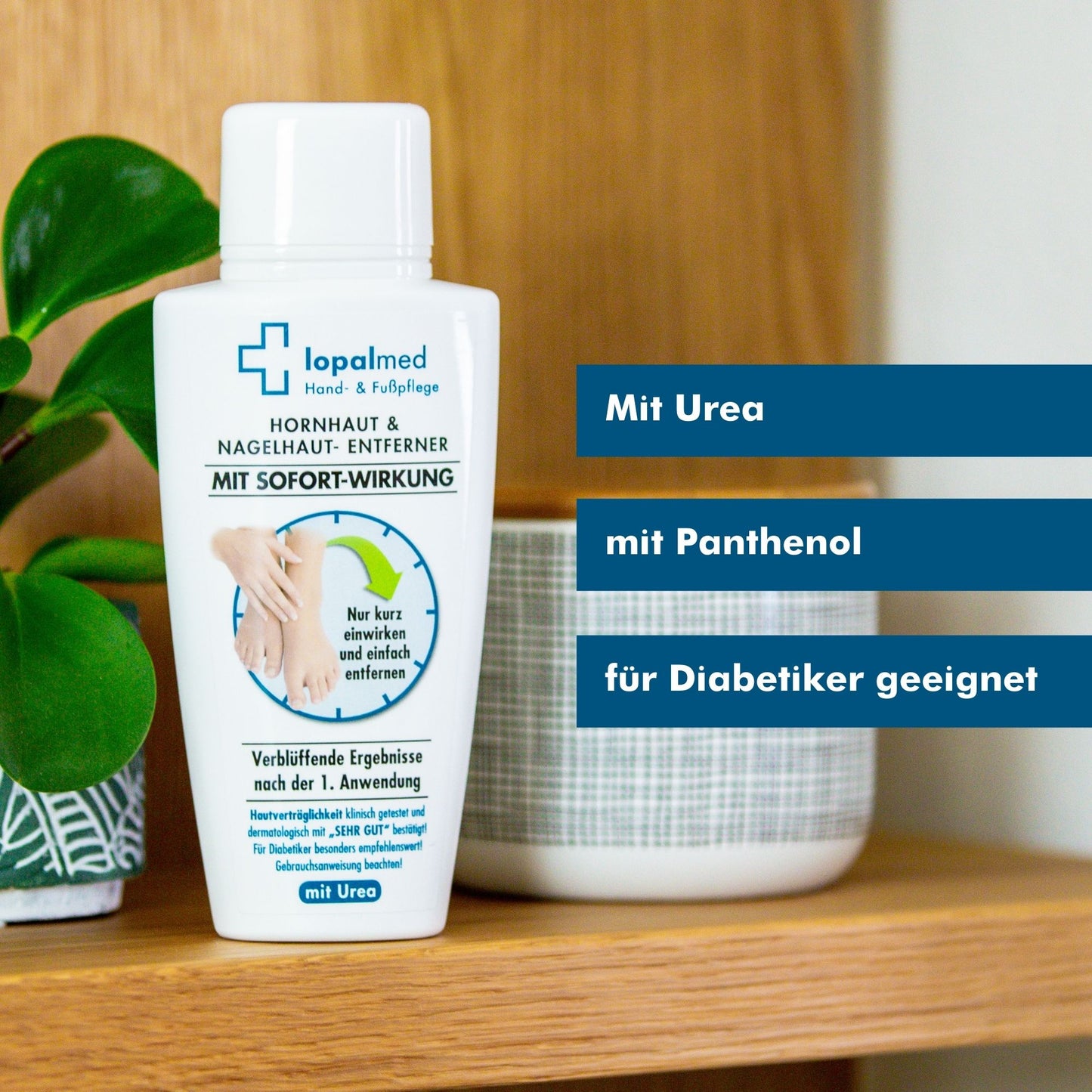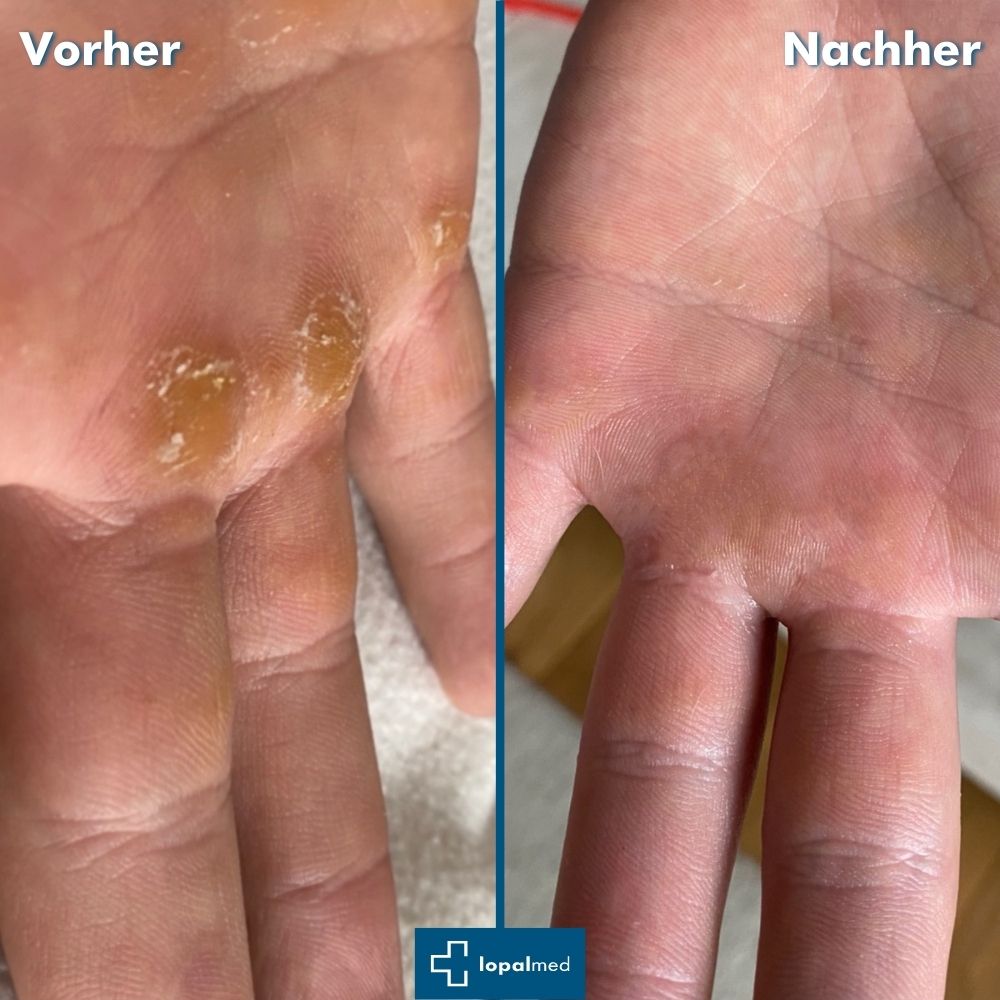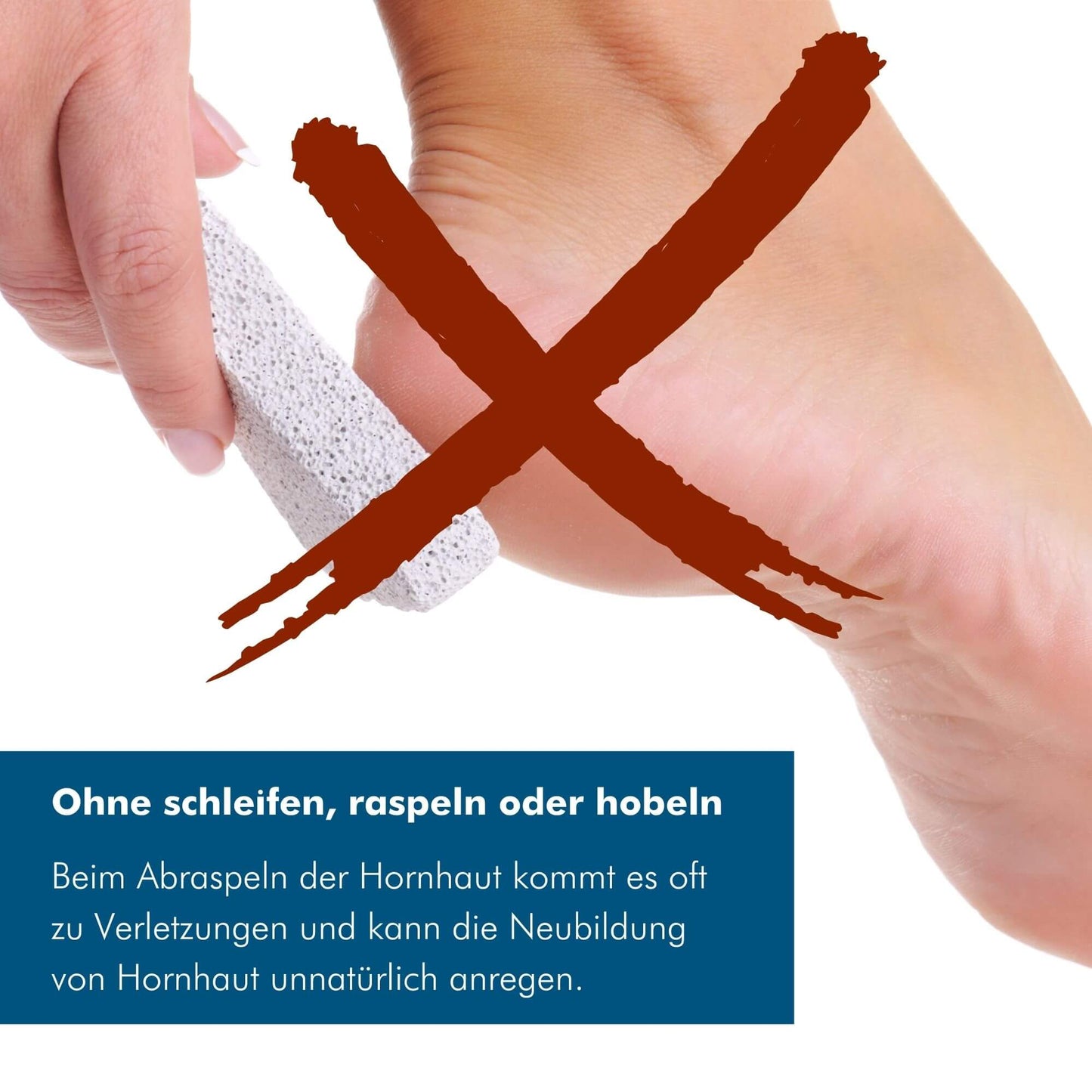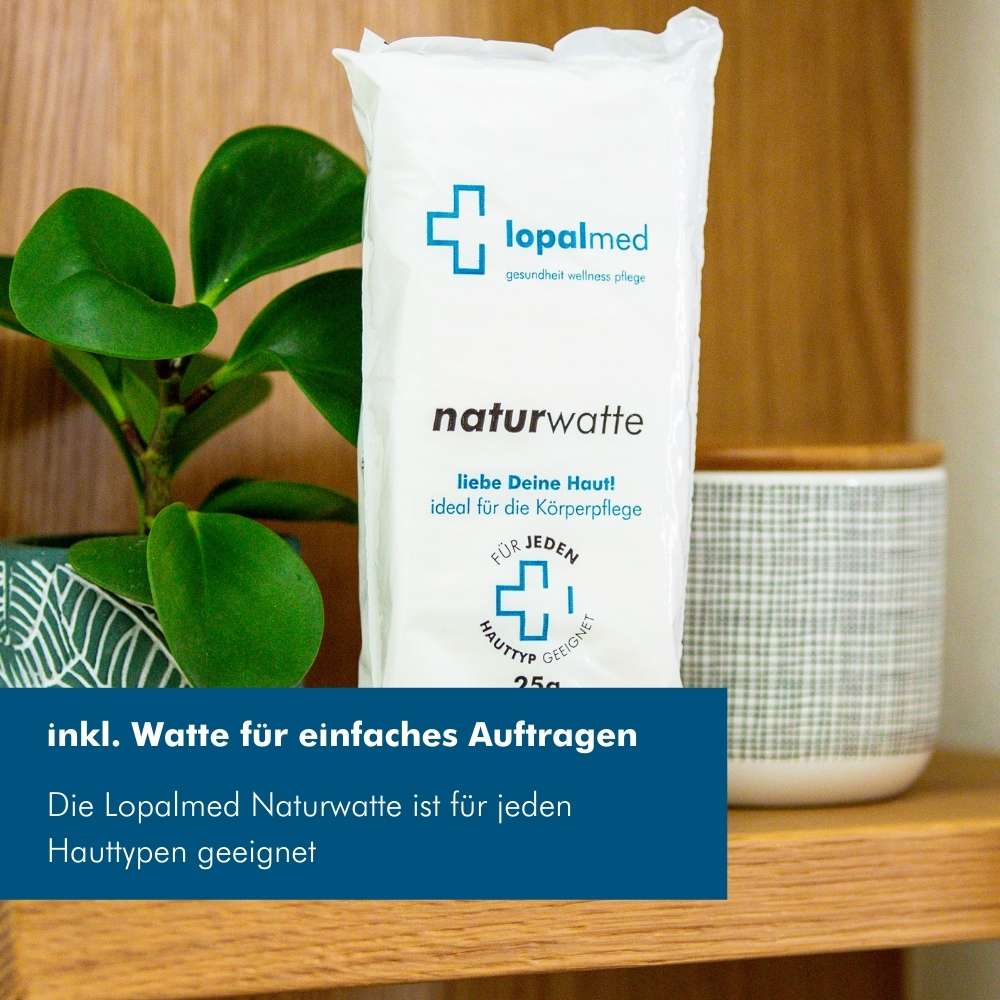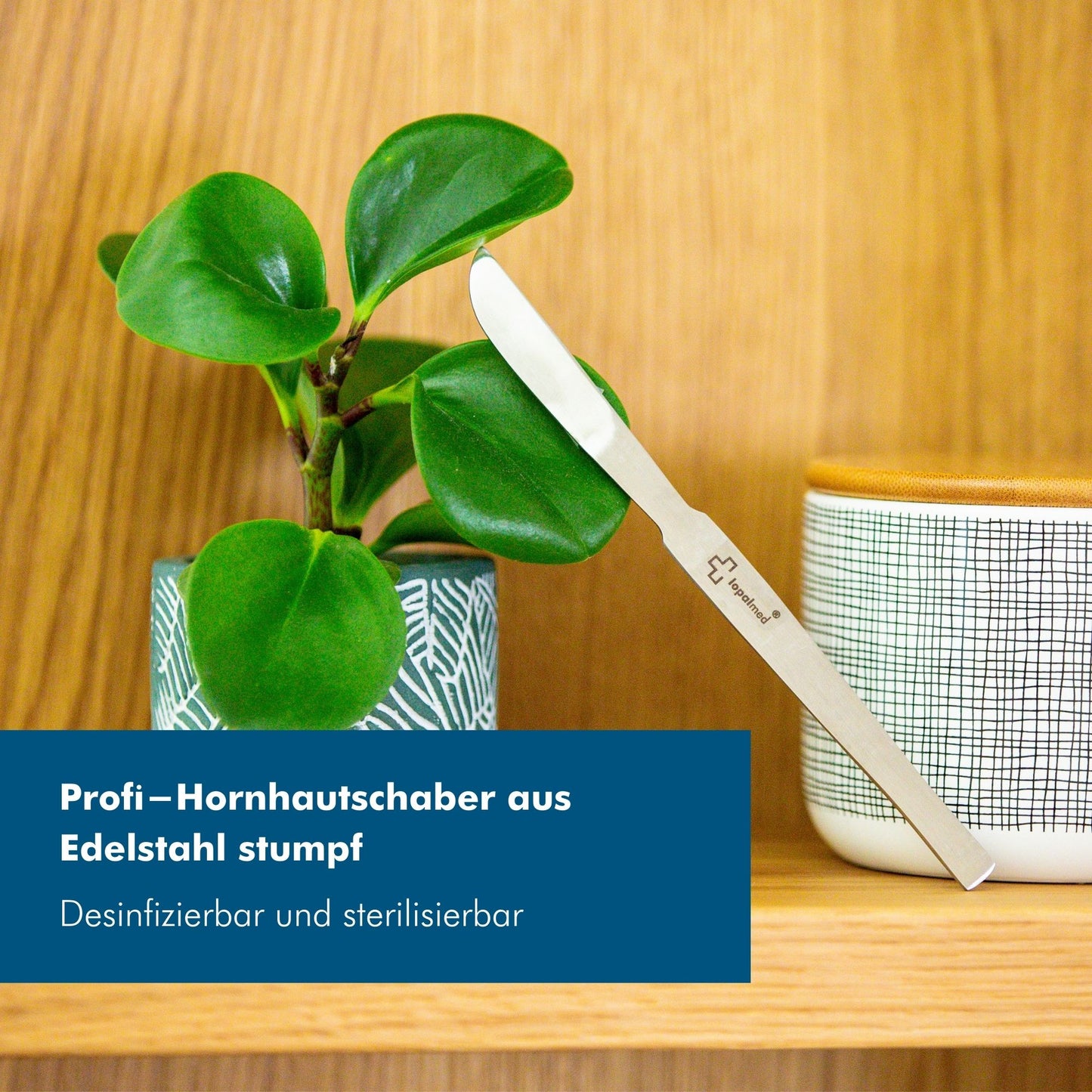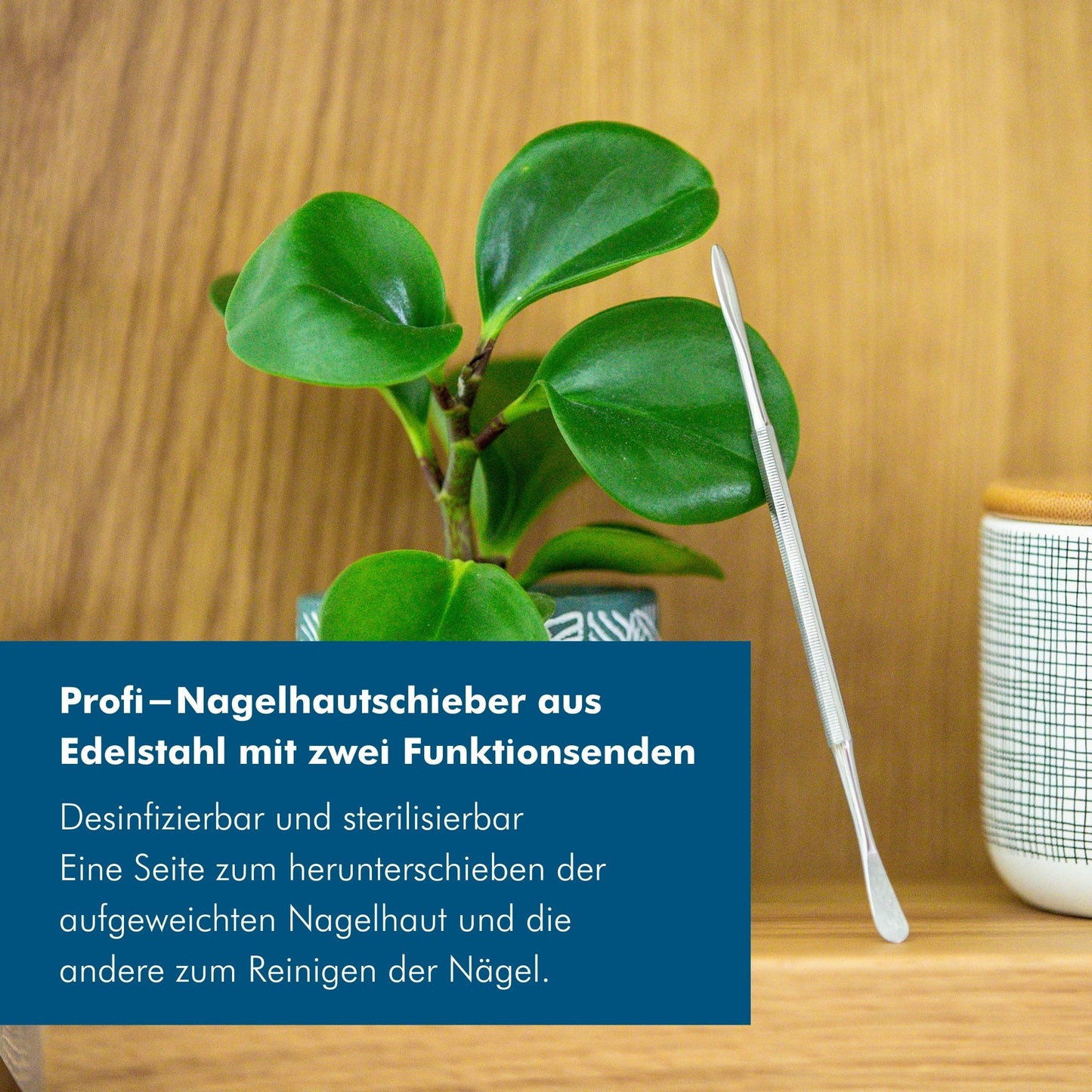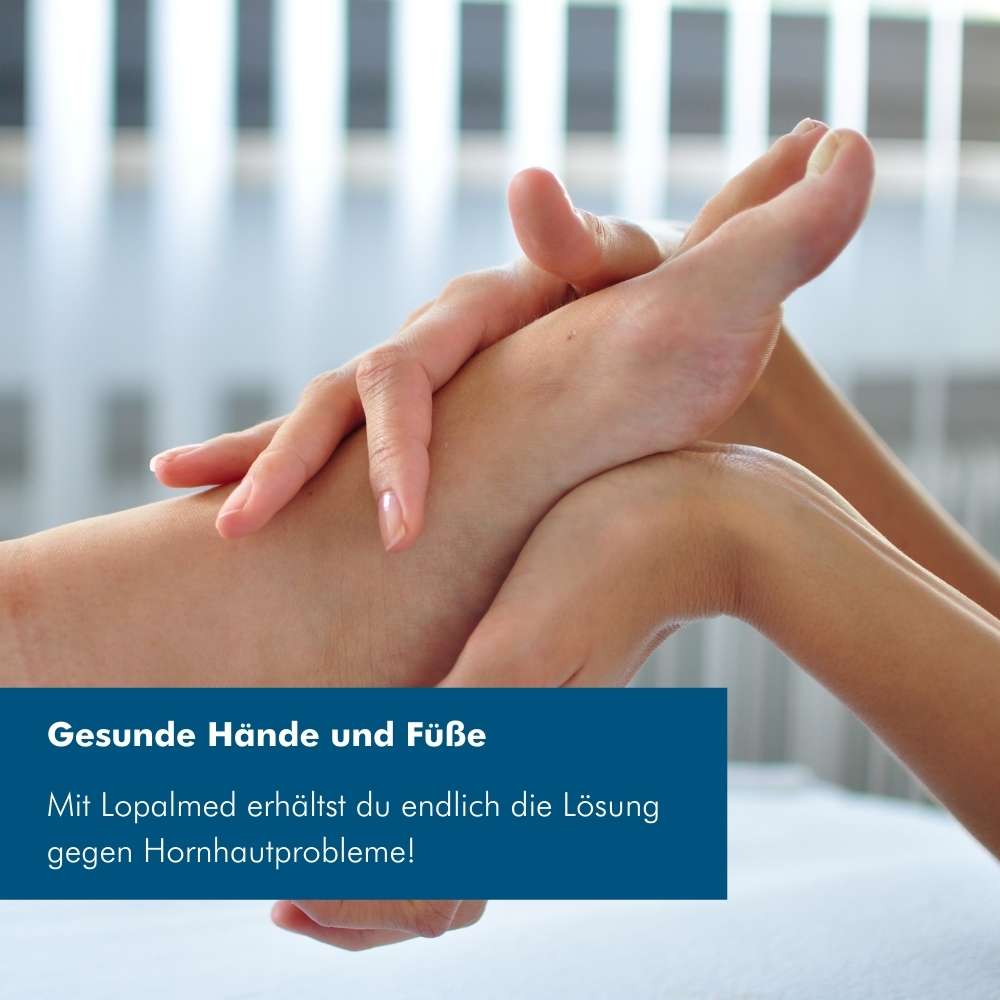Calluses are a thickened layer of dead skin cells that usually form on hands, feet, or elbows. Although this thickened layer of skin serves a protective function, it can not only be aesthetically bothersome but also lead to discomfort. But when should you actually remove calluses, and what methods are appropriate? In this blog post, we will delve into this question.
Why do calluses form?
Calluses generally form on areas that are under significant stress or exposed to regular pressure. This is a natural reaction of the body to protect the underlying skin. Common causes include:
- Improper footwear: Tight or poorly fitting shoes can cause pressure points and thus callus formation.
- Frequent manual work: Jobs or activities that require intensive handwork often lead to the formation of calluses.
- Sports activities: Sports that exert high friction or pressure on certain skin areas promote callus formation.
When should you remove calluses?
Deciding whether to remove calluses depends on various factors:
- Pain and discomfort: If the callus hurts or causes pressure points and blisters, it should be removed.
- Aesthetic reasons: Some people find calluses unattractive and want to remove them for aesthetic reasons.
- Risk of cracks and infections: Thick calluses can crack, providing an entry point for bacteria and other pathogens.
- Limitation of mobility: In extreme cases, thick calluses can restrict the mobility of fingers or toes.
How should you remove calluses?

There are various methods for removing calluses, each with its own advantages and disadvantages. However, not all methods are equally recommended:
- Pumice stone: A gentle approach that is particularly effective after a footbath. The pumice stone removes dead skin cells through mechanical rubbing.
- Callus planers and rasps: While this method is widespread, it can be dangerous and harmful. Incorrect handling can injure the skin and promote the formation of new calluses.
- Chemical peels: Creams or lotions containing salicylic acid or urea are another option. These substances soften calluses, making them easier to remove.
- Professional foot care: A visit to a podiatrist or foot care specialist offers a safe and efficient method for callus removal. This is particularly advisable for very thick or problematic calluses.
Recommended Method: Lopalmed Products
A particularly gentle and effective method for removing calluses is offered by Lopalmed products. The Lopalmed hand and foot care box presents a simple yet effective solution for callus removal. By soaking the affected areas and then effortlessly scraping off the calluses, the skin is spared, while promoting the growth of healthy skin. Learn more here: Lopalmed Hand and Foot Care Box.

Prevention is better than cure
Instead of regularly removing calluses, preventive measures are often the better choice. Here are some tips:
- Proper footwear: Invest in well-fitting and comfortable shoes to avoid pressure points.
- Moisturization: Regularly moisturizing the skin keeps it supple and prevents callus formation.
- Protective gloves: For manual tasks or sports activities, protective gloves are a good preventive measure.

Conclusion
Calluses can look unattractive and cause discomfort. When exactly you should remove calluses depends on individual factors. Pain, aesthetic reasons, or the risk of infections may be decisive. Various methods are available, ranging from classic pumice stones to chemical peels to professional foot care. Highly recommended are the Lopalmed products, as they offer a gentle and effective solution. Make sure to choose the method that best suits your skin type and needs. Preventive measures such as proper footwear and sufficient moisturization are also recommended to minimize callus formation.
We hope this post has provided you with useful insights and tips on callus removal. Stay healthy and take care of your skin!
